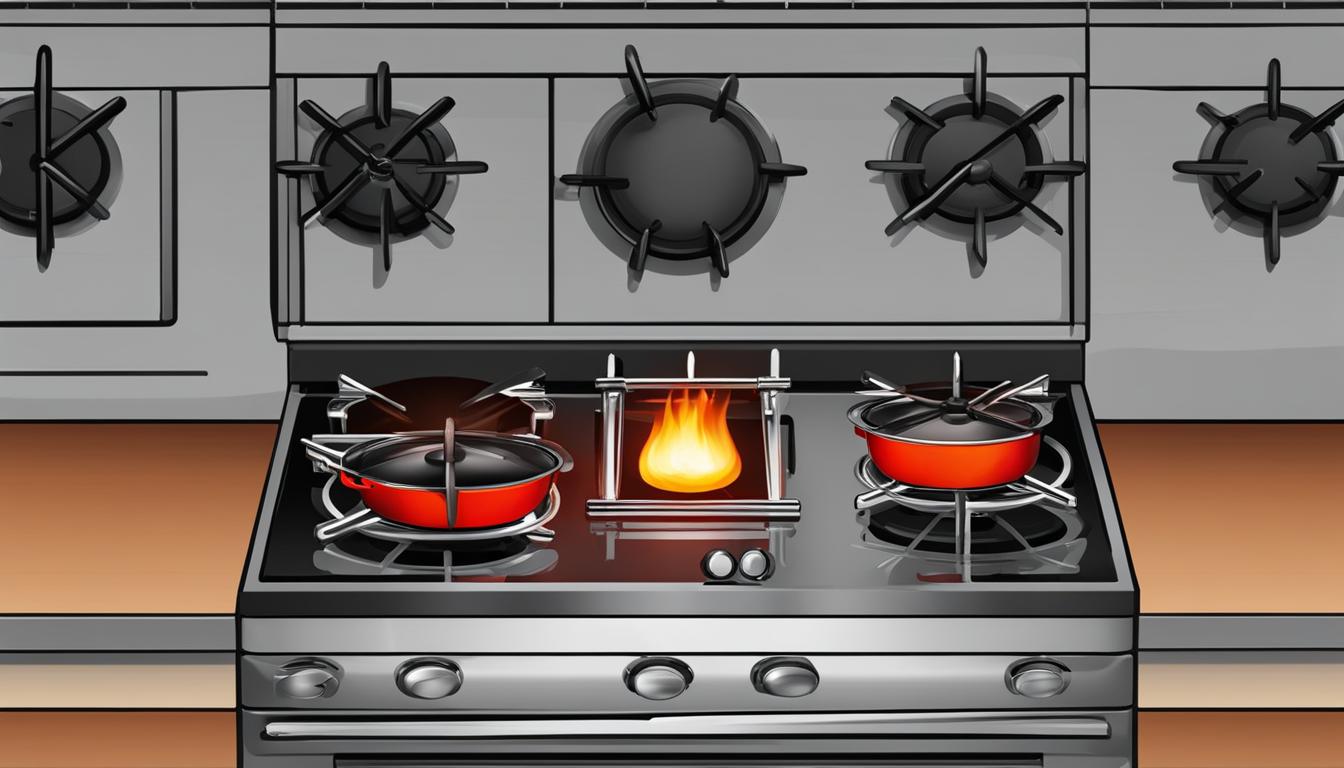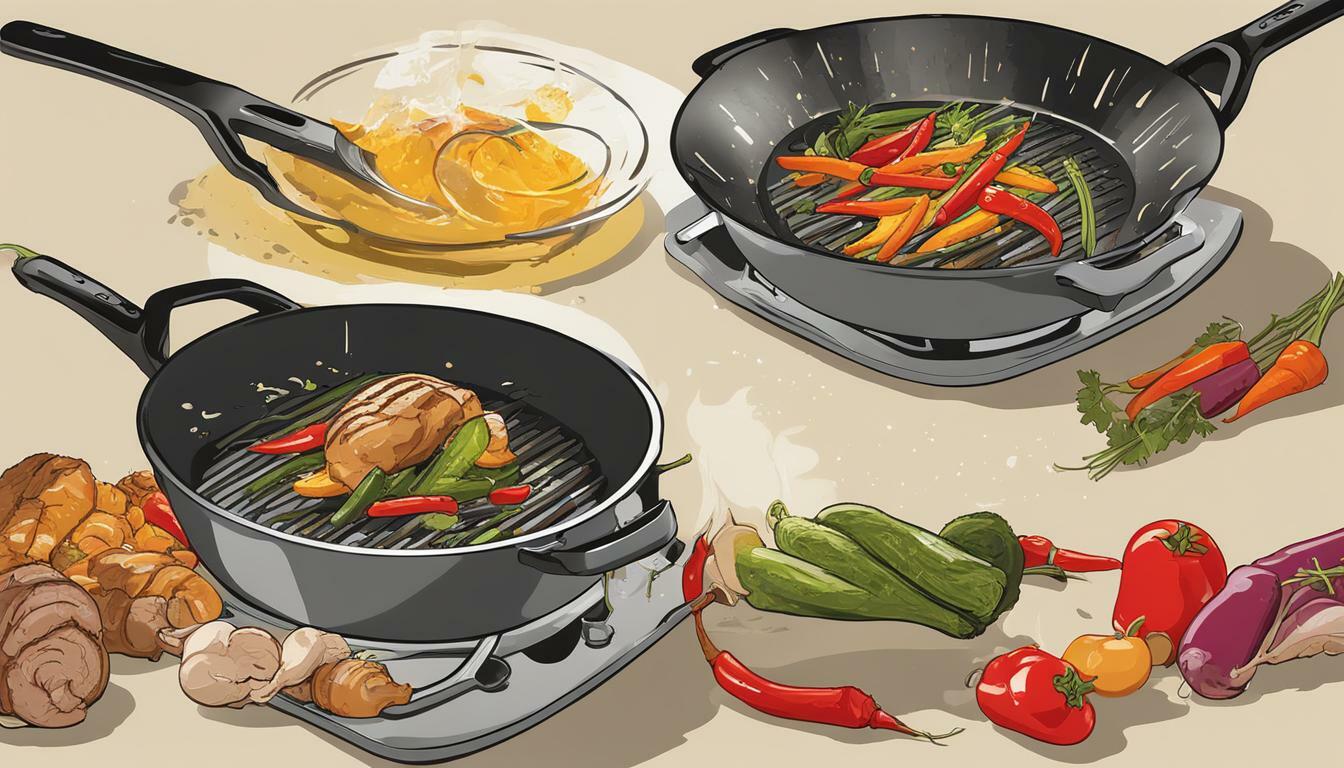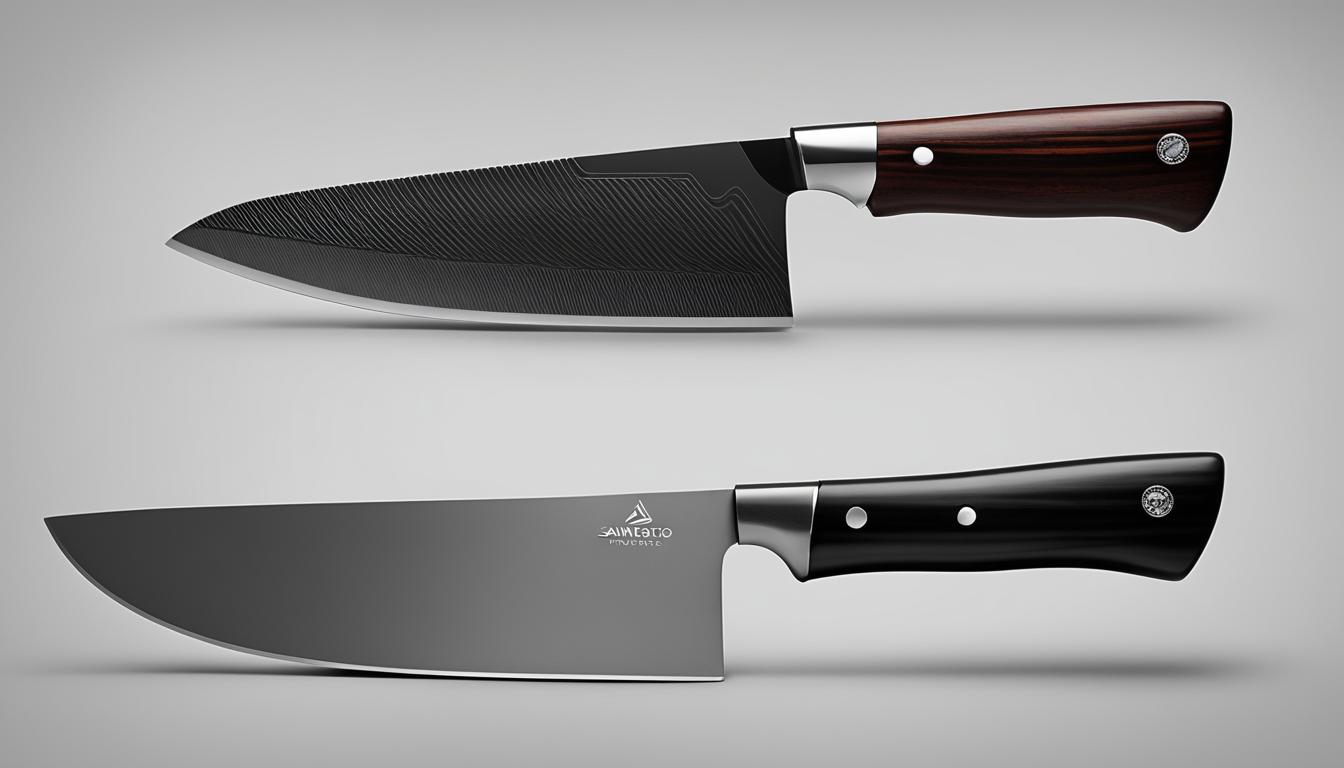When it comes to cooking techniques, sous-vide and slow cooking are two of the most popular methods. Both techniques have unique characteristics that produce delicious dishes, but understanding the differences between them can help you choose the one that suits your needs best.
In this section, we will discuss the key distinctions between sous-vide and slow cooking. We will highlight their respective flavor profiles, cooking times, equipment requirements, and benefits, giving you a better understanding of each method.
Key Takeaways:
- Sous-vide and slow cooking are popular cooking techniques with unique characteristics.
- Understanding the differences between these techniques can help you choose the best method for your needs.
- In the following sections, we will explore the differences in flavor profiles, cooking times, equipment requirements, and benefits of sous-vide and slow cooking.
Understanding Sous-Vide Cooking
If you’re looking for a cooking method that yields precise, consistent, and flavorful results, then sous-vide cooking may be what you need. This cooking technique involves sealing food in an airtight bag and placing it in a water bath that is kept at a precise temperature. This process ensures that the food is cooked evenly and retains its moisture, resulting in succulent, tender, and tasty dishes that are hard to achieve with other cooking methods.
Sous vide machine
One of the essential tools you need for sous-vide cooking is a sous vide machine. This device controls the temperature of the water bath with precision, ensuring that your food is cooked at the desired temperature. There are different types of sous vide machines on the market, ranging from immersion circulators to all-in-one sous vide machines. Choose a machine that suits your needs and budget, and make sure it has a reliable temperature control mechanism.
Sous vide temperature
The recommended temperature range for sous-vide cooking varies depending on the type of food you’re cooking. For example, steak is usually cooked at 130°F to 135°F (54°C to 57°C) for medium-rare, while chicken breast is cooked at 145°F (63°C) for safety. You can find sous-vide cooking charts online that provide recommended cooking times and temperatures for various foods. Make sure to follow these guidelines to achieve the best results.
Sous vide recipes
Sous-vide cooking is versatile and can be used to prepare a wide range of dishes, from meat and fish to vegetables and desserts. Some popular sous-vide recipes include sous vide salmon, sous vide steak, and sous vide chicken. You can also experiment with different herbs, spices, and marinades to customize the flavor of your dishes. There are plenty of sous-vide recipes available online that you can try.
Unveiling the Art of Slow Cooking
Slow cooking is a traditional method of preparing food that has been around for centuries. It involves cooking ingredients over a low heat for an extended period, allowing the flavors to meld and intensify. Slow cooking can be achieved through various methods, including using a slow cooker, Dutch oven, or stovetop.
One of the primary benefits of slow cooking is the convenience it provides. Once you have prepared your ingredients and set them to cook, you can leave them unattended for hours, freeing up time for other activities. Slow cooking is also ideal for preparing large meals and can be a lifesaver for busy weekdays.
When it comes to slow cooker recipes, the possibilities are endless. From stews and casseroles to soups and chili, you can create virtually any dish you can think of. Slow cooking allows for versatile ingredients to be used, including tough cuts of meat, root vegetables, and legumes, which are perfect for creating hearty and healthy meals.
Nowadays, slow cookers come in various sizes and shapes, making them a great addition to any kitchen. With their low energy consumption, slow cookers can also help you save on electric bills.
Overall, slow cooking is a fantastic method for preparing flavorful and convenient meals with minimal effort. It is an excellent option for those seeking to maximize their time or for those who enjoy the art of traditional cooking techniques.
Differences in Flavor Profiles
When it comes to flavor, both sous-vide and slow cooking deliver their unique tastes. A dish prepared in a slow cooker will often have a heartier, more rustic flavor compared to one cooked in a sous-vide machine. This is because the slow cooking process tends to extract more flavors from the ingredients, resulting in a richer taste.
On the other hand, dishes cooked through sous-vide are known for their clean and precise flavor profiles. Since the ingredients are cooked in a sealed vacuum bag, there is minimal evaporation and loss of flavor during cooking. This results in a pure and delicate taste that accurately represents the natural flavors of the ingredients.
Another key difference in flavor between the two techniques is the texture and tenderness of the ingredients. Slow cooking often results in tender, fall-off-the-bone meat, while sous-vide allows for precise control over the texture of the protein, resulting in a tender and juicy final product.
Cooking Times: Slow and Steady vs. Precision
One of the key differences between sous-vide and slow cooking is the cooking time. Slow cooking typically involves cooking at a low temperature for an extended period, while sous-vide offers precise cooking times for perfectly cooked dishes every time.
When using a slow cooker, you can set it and forget it for hours, allowing you to attend to other tasks. However, sous-vide requires constant monitoring and attention to ensure the exact cooking time is met.
Slow cooking can be an excellent option for those with time to spare, while sous-vide is ideal for those who need to cook to a specific schedule. Additionally, sous-vide cooking time is typically shorter than slow cooking, as the controlled temperature allows for faster cooking times.
Consider your cooking time constraints when deciding between these two techniques. If you have plenty of time to spare, slow cooking can provide delicious results with minimal effort. However, if you need to prepare meals precisely and efficiently, sous-vide may be the better option for you.
Weighing the Benefits
Both sous-vide and slow cooking have their unique advantages. Let’s take a closer look at how they measure up.
Sous-Vide Cooking
Sous vide cooking is a technique that requires precision and control. By cooking food in a sealed bag in a water bath at a specific temperature, you can achieve consistent results every time. Some benefits of sous-vide cooking include:
| Advantages | Disadvantages |
|---|---|
| – Precise control over cooking temperature | – Requires specialized equipment |
| – Evenly cooked food throughout | – Long cooking times |
| – Retains moisture and flavor of ingredients | – Limited to certain types of food |
Some popular sous-vide recipes include steak, chicken, and fish. Using a sous-vide machine can be energy-efficient, as it allows you to cook at a low temperature for an extended period without using too much electricity.
Slow Cooking
Slow cooking, on the other hand, is all about convenience and versatility. Using a slow cooker, you can prepare meals with minimal effort and have them ready by the time you get home from work. Some benefits of slow cooking include:
| Advantages | Disadvantages |
|---|---|
| – Easy and convenient to use | – Can overcook certain ingredients |
| – Suitable for a wide range of dishes | – Limited control over cooking temperature |
| – Can be energy-efficient | – May require additional prep work |
Some popular slow cooker recipes include soups, stews, and chili. Slow cooking can be a great option for busy individuals who want to come home to a warm, home-cooked meal. With a slow cooker, you can also save on energy costs by using a lower temperature for cooking and letting the food cook for a longer period of time.
Both sous-vide and slow cooking have their unique advantages, but it ultimately comes down to your personal preferences and needs. Consider factors such as cooking time, equipment, and the types of dishes you want to prepare before deciding which method to use.
Conclusion
In conclusion, sous-vide and slow cooking are two popular methods of cooking that yield diverse results. Sous-vide involves cooking food in vacuum-sealed bags at precise temperatures, while slow cooking involves prolonged cooking at low temperatures.
When it comes to flavor profiles, sous-vide tends to result in consistent and evenly cooked dishes, while slow cooking produces tender and juicy meats with deep flavors.
Cooking times also vary greatly between the two methods, with sous-vide being faster and more precise, and slow cooking taking several hours.
Ultimately, choosing between sous-vide and slow cooking comes down to personal preference. Sous-vide is ideal for those who desire precision and convenience, while slow cooking is perfect for those who prioritize flavor and tenderness.
Whether you opt for a sous-vide machine or a trusty slow cooker, both techniques have their own benefits and unique characteristics that can enhance your cooking experience. Now that you know the difference between sous-vide and slow cooking, you can make an informed decision and create delicious meals that suit your tastes and preferences.



